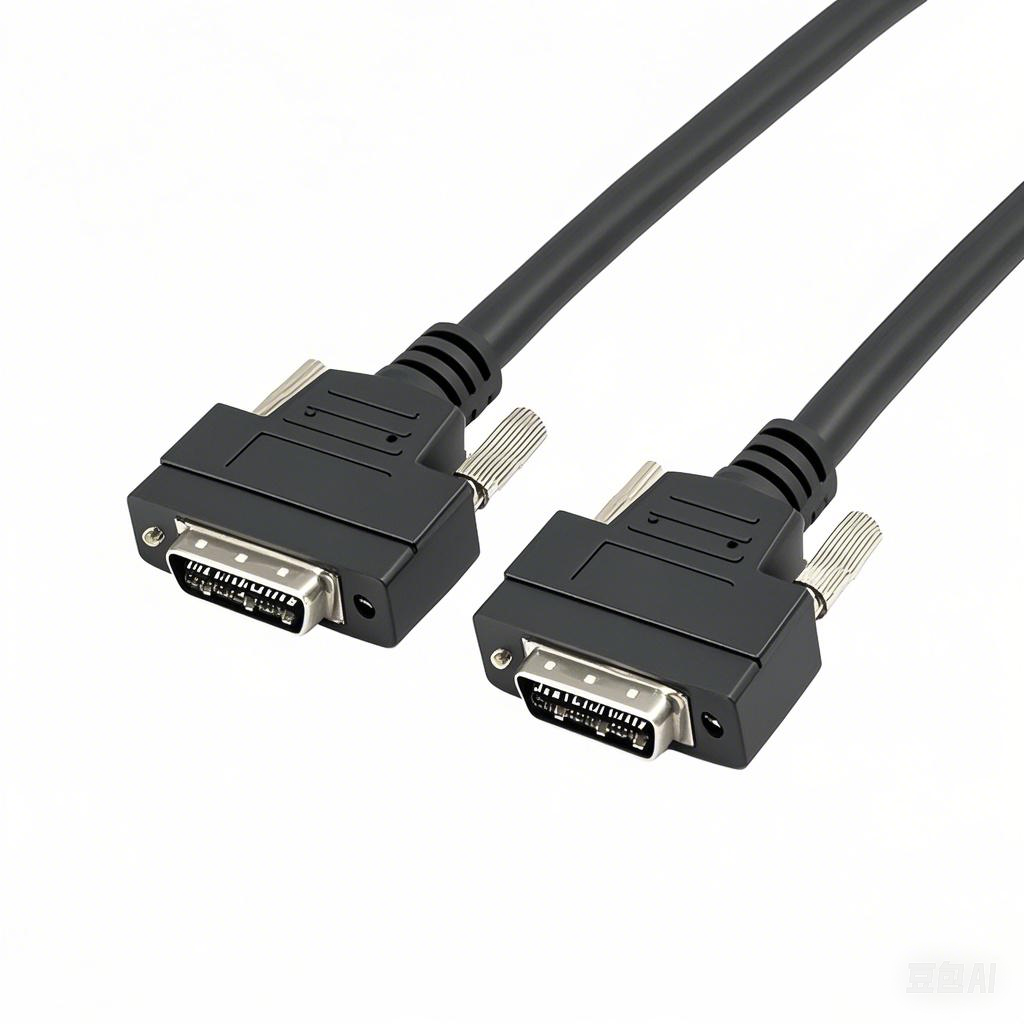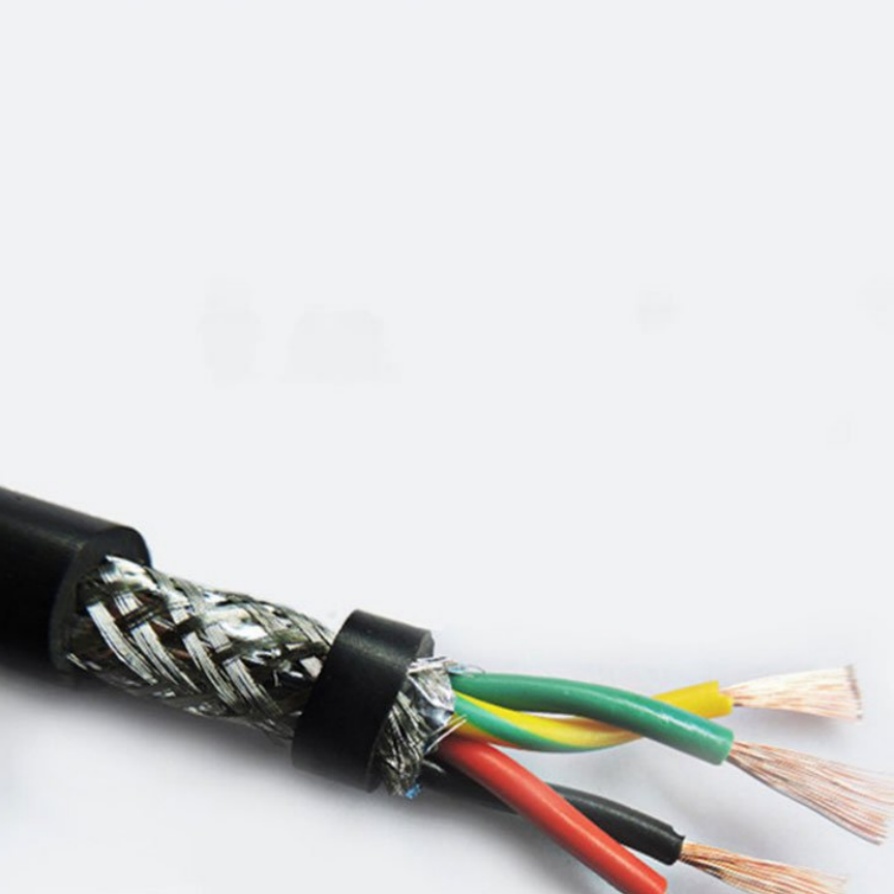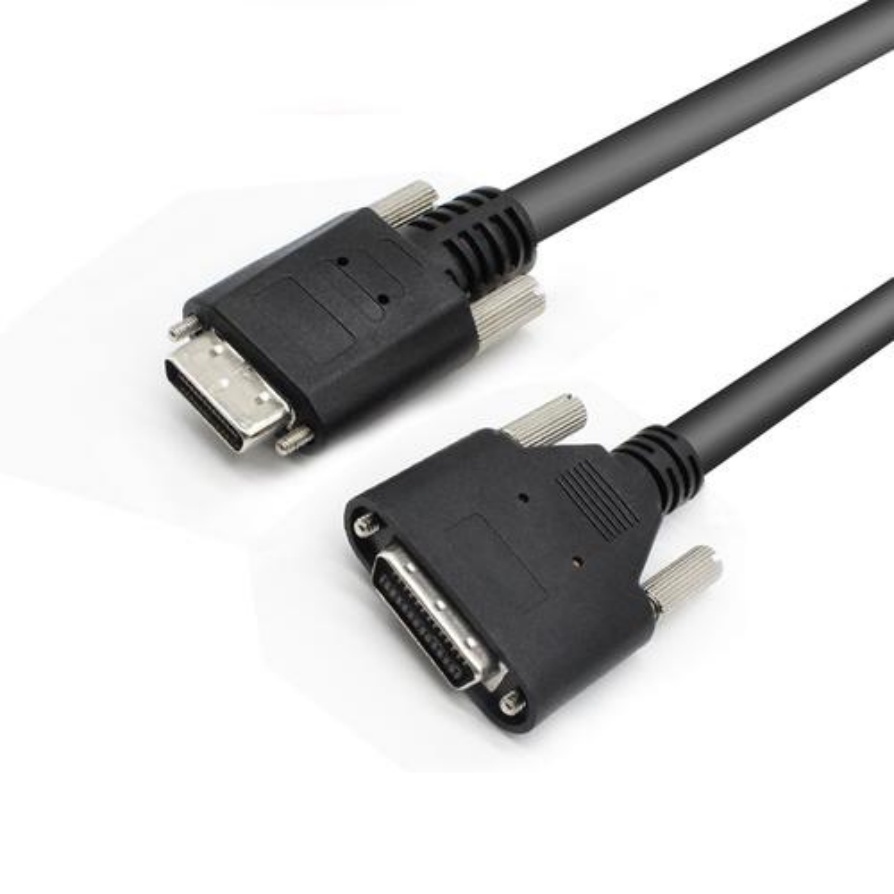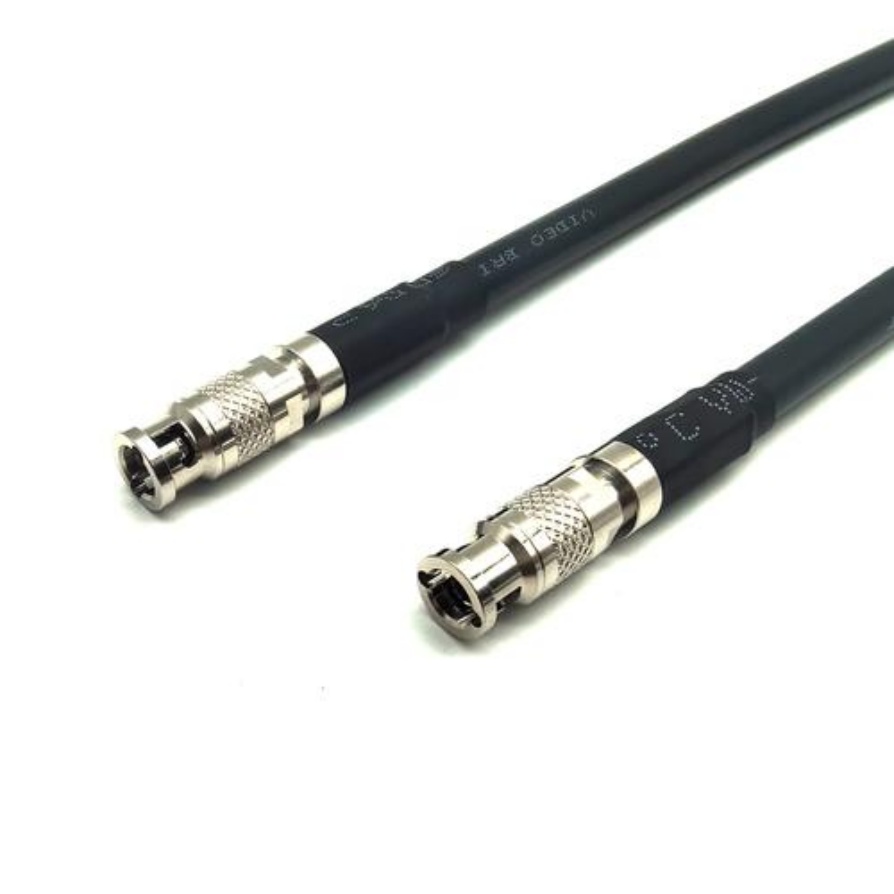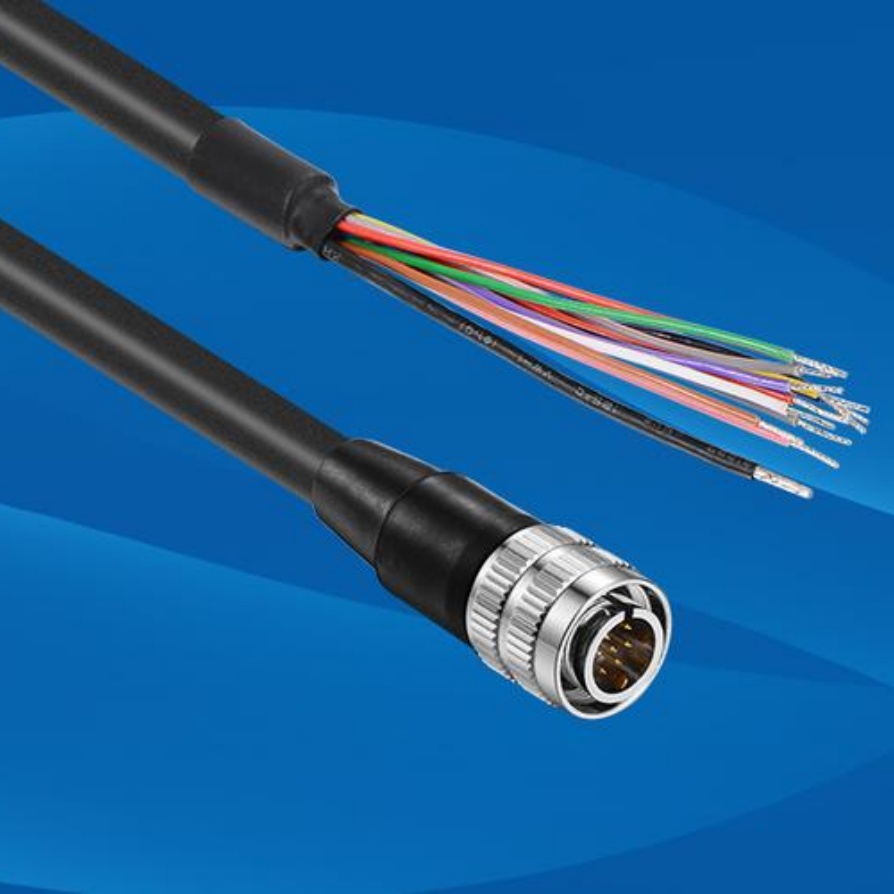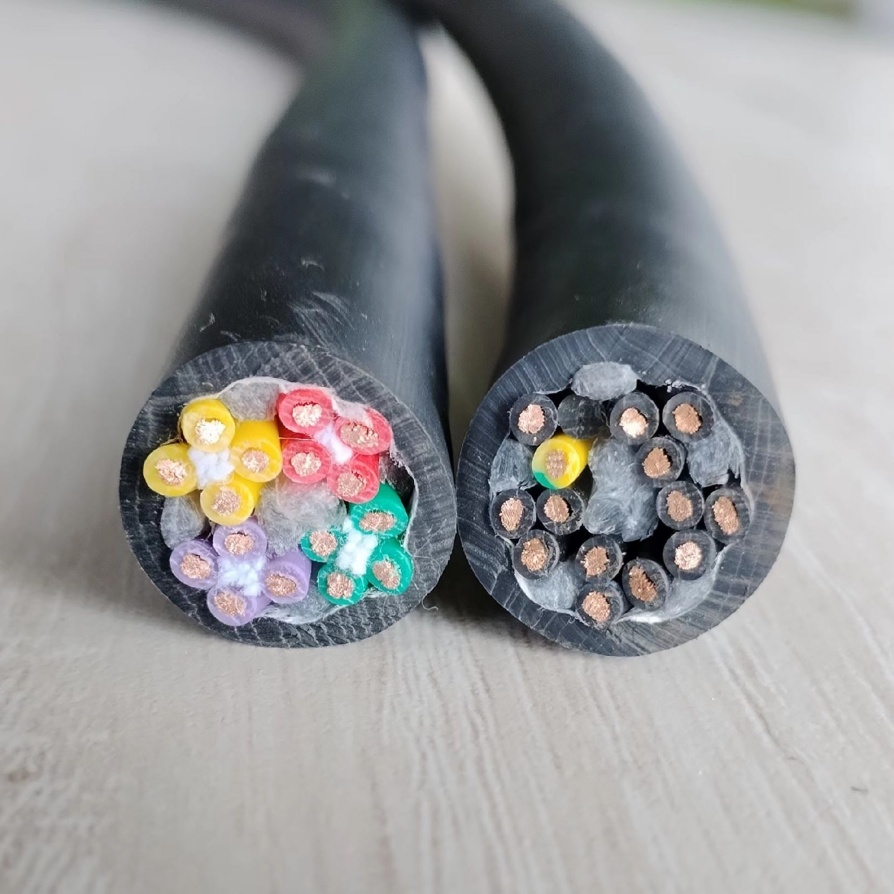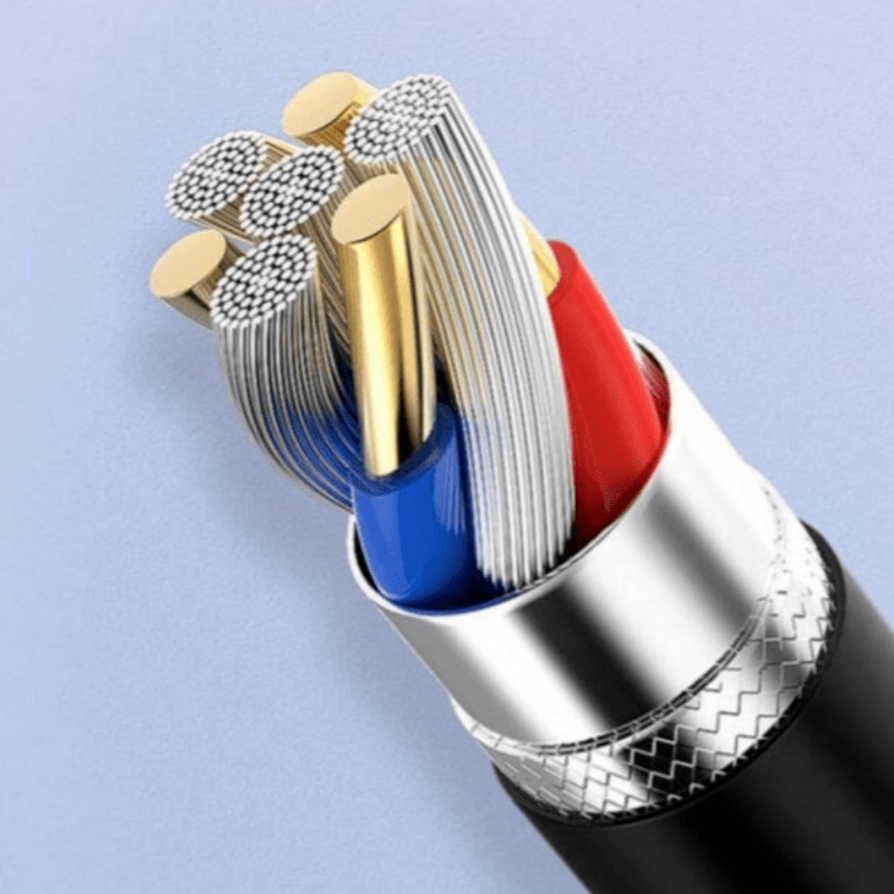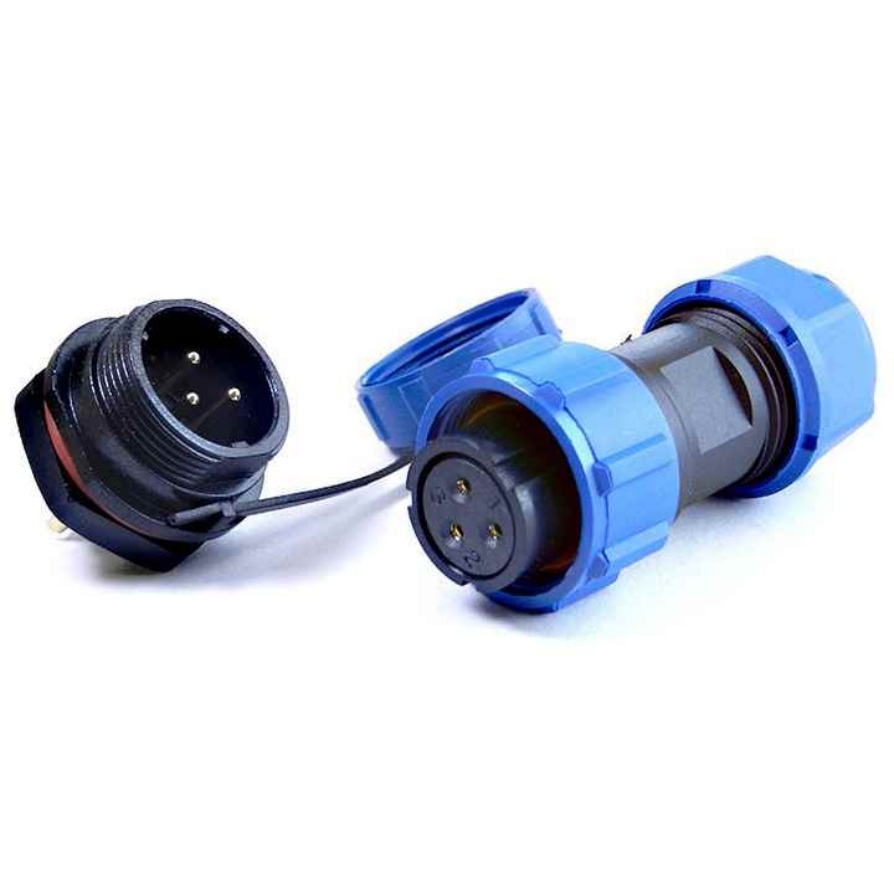How to store machine cable in a warehouse
Machine cables are essential components in various industrial operations, serving as the lifeline for power transmission, signal communication, and data transfer between machines and equipment. Properly storing machine cable in a warehouse is crucial to maintain its performance, extend its lifespan, and avoid unnecessary costs caused by damage, degradation, or mismanagement. Whether you are a warehouse manager, an industrial procurement specialist, or a business owner looking to optimize your storage processes, understanding the best practices for storing machine cable is vital. This comprehensive guide will walk you through every step needed to store machine cable effectively, ensuring that your cables remain in top condition and ready for use whenever required.
1. Preparations Before Storing Machine Cable
Before placing machine cable into storage, thorough preparations are necessary to lay the foundation for safe and effective storage. Rushing this stage can lead to hidden issues that may compromise the cables later on.
1.1 Inspection of Machine Cable
The first step is to inspect each roll or reel of machine cable carefully. This inspection helps identify any existing damage that could worsen during storage. Check the outer sheath for cuts, abrasions, cracks, or bulges—these are signs of physical damage that may expose the inner conductors to moisture, dust, or other contaminants. For cables with insulation layers, verify that the insulation is intact and free from brittleness, which can occur due to age or improper handling before storage. Additionally, examine the cable ends and connectors (if any) to ensure they are sealed properly. Unsealed ends can allow dust, water, or pests to enter the cable, leading to corrosion or short circuits when the cable is eventually used. If any damage is found, mark the cable clearly and decide whether it needs repair before storage or should be set aside for disposal if the damage is irreparable.
1.2 Classification and Labeling
Classifying machine cables before storage is key to efficient management and quick retrieval. Cables can be categorized based on several criteria, including type (e.g., power cables, control cables, data cables), voltage rating, conductor material (copper, aluminum), cross-sectional area, length, and intended application (e.g., for manufacturing machinery, construction equipment, or automotive use). Once classified, each roll or reel should be labeled with clear, durable tags or labels. The labels should include essential information such as the cable type,规格 (specifications), length, voltage rating, date of storage, and any special handling instructions. Using color-coded labels for different cable types can further streamline the storage and retrieval process, reducing the time spent searching for the right cable when needed. This level of organization not only makes it easier to manage inventory but also prevents the risk of using the wrong cable for a specific application, which could lead to equipment failure or safety hazards.
2. Controlling the Storage Environment
The storage environment plays a significant role in preserving the quality of machine cable. Machine cables are sensitive to various environmental factors, and failing to control these factors can result in premature degradation, reduced performance, or complete failure. Here are the key environmental aspects to focus on when storing machine cable in a warehouse.
2.1 Temperature Control
Extreme temperatures are one of the biggest threats to stored machine cables. High temperatures can cause the cable’s outer sheath and insulation to soften, melt, or become brittle over time, while low temperatures can make the materials stiff and prone to cracking when handled. The ideal temperature range for storing most machine cables is between 5°C (41°F) and 30°C (86°F). To maintain this range, warehouses should be equipped with proper heating, ventilation, and air conditioning (HVAC) systems. It is also important to avoid placing cables near heat sources such as radiators, heaters, boilers, or machinery that generates excessive heat. Additionally, direct sunlight should be blocked, as ultraviolet (UV) rays can degrade the cable’s outer layers. Installing insulation in the warehouse walls and roof can help stabilize the internal temperature, ensuring that it remains within the optimal range regardless of external weather conditions.
2.2 Humidity Management
Moisture is another major enemy of machine cable storage. High humidity levels can lead to corrosion of the cable’s conductors, especially if the cable ends are not properly sealed. Corrosion can increase electrical resistance, reduce conductivity, and eventually cause the cable to fail. The recommended relative humidity (RH) level for storing machine cables is between 40% and 60%. To control humidity, warehouses should use dehumidifiers in areas with high moisture levels and ensure proper ventilation to allow moist air to escape. Avoid storing cables on the warehouse floor, as ground moisture can seep into the cable reels. Instead, use pallets or raised platforms to keep the cables off the ground. It is also a good practice to check the humidity levels regularly using a hygrometer and adjust the dehumidification or ventilation systems as needed. In regions with high ambient humidity, additional measures such as using moisture-absorbing materials (e.g., silica gel packs) near the cable storage areas can provide extra protection.
2.3 Ventilation and Dust Prevention
Good ventilation is essential to maintain a fresh and dry storage environment for machine cables. Proper airflow helps remove excess moisture, heat, and any harmful fumes that may accumulate in the warehouse. Ventilation systems should be designed to circulate air evenly throughout the storage area, ensuring that no corner is stagnant. Additionally, dust and debris can accumulate on the cable surfaces and enter the cable ends, causing contamination. To prevent this, the warehouse should be kept clean, with regular sweeping and dusting of the storage shelves and cable reels. Using dust covers or plastic wraps for long-term storage can provide an extra layer of protection against dust. However, it is important to ensure that the covers are breathable to avoid trapping moisture inside, which could lead to condensation. Avoid storing machine cables in areas where there is excessive dust generation, such as near construction zones, sandblasting equipment, or raw material storage areas with loose particles.
3. Proper Storage Methods and Techniques
Once the storage environment is controlled and the cables are inspected and classified, the next step is to implement proper storage methods. The way machine cables are placed and arranged in the warehouse can significantly impact their condition and ease of retrieval.
3.1 Choosing the Right Storage Racks
Investing in high-quality storage racks is essential for storing machine cables safely and efficiently. The racks should be sturdy enough to support the weight of the cable reels, which can be quite heavy depending on the cable’s length and thickness. Adjustable pallet racks or cantilever racks are ideal for storing cable reels, as they provide flexibility in terms of shelf height and can accommodate different reel sizes. Cantilever racks, in particular, are suitable for long or large-diameter cable reels, as they have extended arms that allow the reels to be mounted horizontally without the need for support in the middle. When installing the racks, ensure that they are anchored securely to the floor to prevent tipping over, especially when loaded with heavy reels. The racks should also be spaced apart to allow easy access for forklifts or pallet jacks, making it simple to move the cable reels when needed.
3.2 Correct Stacking and Placement
When stacking machine cable reels, it is important to follow certain guidelines to avoid damage. Never stack reels too high, as the weight of the upper reels can crush the lower ones, damaging the cables inside. The maximum stacking height depends on the weight and strength of the reels, but a general rule of thumb is to stack no more than two to three reels high for most standard sizes. For larger or heavier reels, stack them individually or use single-level racks. When placing the reels on the racks, ensure that they are centered and stable to prevent them from rolling off. Avoid leaning the reels against the rack walls or other reels, as this can cause deformation of the reel or damage to the cable. Additionally, separate different types of cables to prevent tangling and make retrieval easier. For example, store power cables in one section of the rack and control cables in another. Label each section of the rack corresponding to the cable classification, so employees can quickly locate the desired cable.
3.3 Handling Reels with Care
Proper handling of machine cable reels during storage is just as important as the storage itself. When moving reels into or out of storage, use appropriate equipment such as forklifts, pallet jacks, or reel handlers. Avoid dragging or rolling the reels on the ground, as this can damage the reel flanges and the cable’s outer sheath. When lifting a reel, ensure that the lifting equipment is positioned correctly under the reel’s core to distribute the weight evenly. Never lift a reel by the cable itself, as this can stretch or break the conductors. For small reels that can be handled manually, use gloves to protect your hands and avoid dropping the reel. It is also important to train warehouse staff on proper handling procedures to minimize the risk of accidents or damage to the cables. Regular inspections of the handling equipment should also be conducted to ensure that it is in good working condition, as faulty equipment can lead to reel damage or injuries.
4. Routine Maintenance and Inspection
Storing machine cable is not a one-time task; it requires ongoing maintenance and inspection to ensure that the cables remain in good condition. Regular checks help identify potential issues early on, allowing for timely corrective action before the cables are damaged beyond repair.
4.1 (Patrol Inspections)
Schedule regular patrol inspections of the machine cable storage area, ideally on a weekly or biweekly basis. During these inspections, check the following: the condition of the cable reels (for cracks, damage, or deformation), the cable outer sheaths (for signs of aging, brittleness, or moisture), the labels (to ensure they are still legible and attached), the storage environment (temperature, humidity, dust levels), and the stability of the storage racks. Make notes of any issues found and take immediate action to address them. For example, if a cable reel is found to be damaged, move it to a separate area for repair or disposal. If the humidity level is too high, adjust the dehumidifier settings. Keeping a log of these inspections can help track the condition of the cables over time and identify any recurring issues that need to be addressed.
4.2 Rotation of Inventory
To ensure that older machine cables are used before they degrade, implement an inventory rotation system such as “first-in, first-out” (FIFO). This means that the cables stored first are the ones that are retrieved and used first. Label each cable reel with the storage date, and arrange the reels on the racks so that the oldest ones are at the front, easily accessible. Regularly review the inventory to identify cables that have been in storage for an extended period (e.g., more than a year) and prioritize their use. If a cable has been stored for too long, even under optimal conditions, it may be necessary to conduct a more thorough inspection before using it to ensure that its performance has not been compromised.
4.3(Moisture and Pest Control)
In addition to controlling humidity, take additional measures to prevent moisture and pests from damaging the machine cables. Check for any leaks in the warehouse roof, walls, or windows, as these can introduce water into the storage area. Repair any leaks immediately to avoid water damage to the cables. Pests such as rodents, insects, and birds can also cause damage to machine cables by chewing through the outer sheath and insulation. To prevent pest infestations, keep the warehouse clean, remove any food debris, and seal any gaps or holes in the walls, floors, or ceiling that pests could use to enter. Use pest control measures such as traps or baits (placed in safe, inaccessible areas) if necessary. Regularly inspect the cable storage area for signs of pest activity, such as droppings, chewed materials, or nests, and take appropriate action to eliminate the pests.
5. Safety Considerations for Storing Machine Cable
Safety should always be a top priority when storing machine cable in a warehouse. Improper storage can lead to accidents such as tripping hazards, fires, or electrical shocks. Here are some key safety considerations to keep in mind.
5.1 Fire Prevention
Machine cables, especially those with plastic sheaths, are flammable and can contribute to the spread of fire if they ignite. To prevent fires, keep the storage area free from flammable materials such as oil, gasoline, paint, and solvents. Avoid smoking in the warehouse, and post “No Smoking” signs prominently. Install fire extinguishers near the cable storage area, and ensure that they are regularly inspected and in working condition. The warehouse should also have a properly designed fire sprinkler system that covers the entire storage area. Additionally, ensure that the storage racks are spaced apart to allow for adequate fire separation and to give firefighters easy access in case of an emergency.
5.2 Measures
Some machine cables, especially those used in sensitive electronic applications, are prone to static electricity buildup. Static discharge can damage the cable’s internal components or cause sparks that ignite flammable materials. To prevent static buildup, ensure that the warehouse floor is grounded, and use antistatic mats or flooring in the cable storage area if necessary. Warehouse staff should wear antistatic shoes and clothing when handling sensitive cables. Avoid dragging cables across rough surfaces, as this can generate static electricity. Additionally, use antistatic packaging or covers for cables that are sensitive to static.
5.3 Clear Access Paths
Maintain clear and unobstructed access paths between the storage racks to allow for safe movement of personnel, forklifts, and other equipment. The paths should be wide enough to accommodate the largest piece of equipment used in the warehouse, with a minimum width of 1.2 meters (4 feet) for pedestrian paths. Avoid storing cables or other materials in the access paths, as this can create tripping hazards or block emergency exits. Clearly mark the access paths with lines or signs to ensure that they are not blocked. Regularly inspect the paths to remove any obstacles that may have been placed there accidentally.
Why Choose FRS for Your Machine Cable Storage Needs
When it comes to storing machine cable effectively, having high-quality cables that are designed to withstand proper storage conditions is just as important as following the right storage practices. FRS, a leading manufacturer of machine cables, understands the critical role that storage plays in maintaining cable performance, and our products are engineered to meet the highest standards of durability and reliability—making them ideal for long-term warehouse storage.
FRS machine cables feature robust outer sheaths that resist abrasion, cracking, and UV degradation, ensuring that they remain intact even during extended storage. Our cables are also designed with high-quality insulation materials that maintain their integrity in a wide range of temperature and humidity conditions, reducing the risk of degradation due to environmental factors. Each roll of FRS machine cable is carefully inspected before leaving our factory, ensuring that it meets strict quality control standards and is free from defects that could compromise storage or performance.
In addition to producing top-quality machine cables, FRS provides comprehensive support to help our customers optimize their storage processes. Our team of experts can offer guidance on classification, labeling, and storage environment control, ensuring that you get the most out of your FRS cables. Whether you need power cables for heavy machinery, control cables for precision equipment, or data cables for industrial automation, FRS has the right solution for your needs—backed by our commitment to quality and customer satisfaction.
When you choose FRS machine cables, you are not just investing in a product—you are investing in peace of mind. Our cables are designed to store well, perform reliably, and stand the test of time, helping you reduce downtime, lower replacement costs, and keep your operations running smoothly. Trust FRS to be your partner in machine cable solutions, and experience the difference that quality and expertise can make.


